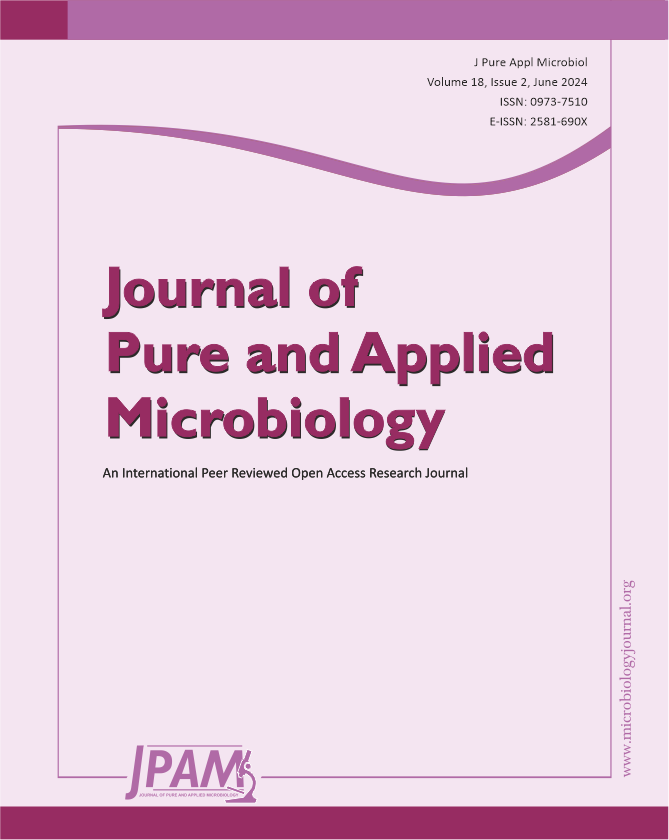The practical application of the reverse transcription loop-mediated isothermal amplification (RT-LAMP) technique has been confirmed in diagnosing different viral infections. Nevertheless, its accuracy in identifying SARS-CoV-2, particularly in practical clinical situations, has not been thoroughly investigated. This study aims to investigate the sensitivity and specificity of the Elva Diagnostic SARS-CoV-2 Saliva Nucleic Acid Test Kit, utilizing the RT-LAMP and Rapid Antigen Test (RAT) methods for in vitro diagnostic testing, compared to the real-time quantitative polymerase chain reaction (RT-qPCR) method throughout the progression of COVID-19. Method: This study employed an analytical observational diagnostic test at Dr. Soetomo Regional Public Hospital, Surabaya, from March 2022 to May 2022. This research involved 54 samples of saliva and nasopharyngeal swabs obtained from 36 patients confirmed positive for COVID-19 and 18 samples from subjects not confirmed to have COVID-19, tested using the RT-qPCR method. The diagnostic performance of both the RT-LAMP and RAT methods was assessed by calculating their sensitivity and specificity in comparison to RT-qPCR, beginning from the time the patient was confirmed positive for COVID-19. The suitability of each method was analyzed using Cohen’s kappa. The nucleocapsid (N) protein gene from SARS-CoV-2 RNA was detected with RT-LAMP and RAT test kits which showed incompatibilities with the RT-qPCR method (p value 0.308). The positive and negative results with the RT-LAMP and RAT method examinations were similar in number compared to the RT-qPCR method, where the positive results in the RT-LAMP and RAT methods were 2 subjects and the negative results were 52 subjects. Based on the results, only 2 confirmed cases had positive results with RT-LAMP and RAT, which means the sensitivity of both tests is only 5.5% and both are poor screening tests for patients suspected of having COVID-19. In addition, the specificity of RT-qPCR as the gold standard examination method for diagnosing COVID-19 cannot be replaced by the RT-LAMP and RAT methods.
COVID-19, RT-qPCR, RT-LAMP, Rapid Antigen Test, Sensitivity, Specificity
© The Author(s) 2024. Open Access. This article is distributed under the terms of the Creative Commons Attribution 4.0 International License which permits unrestricted use, sharing, distribution, and reproduction in any medium, provided you give appropriate credit to the original author(s) and the source, provide a link to the Creative Commons license, and indicate if changes were made.


